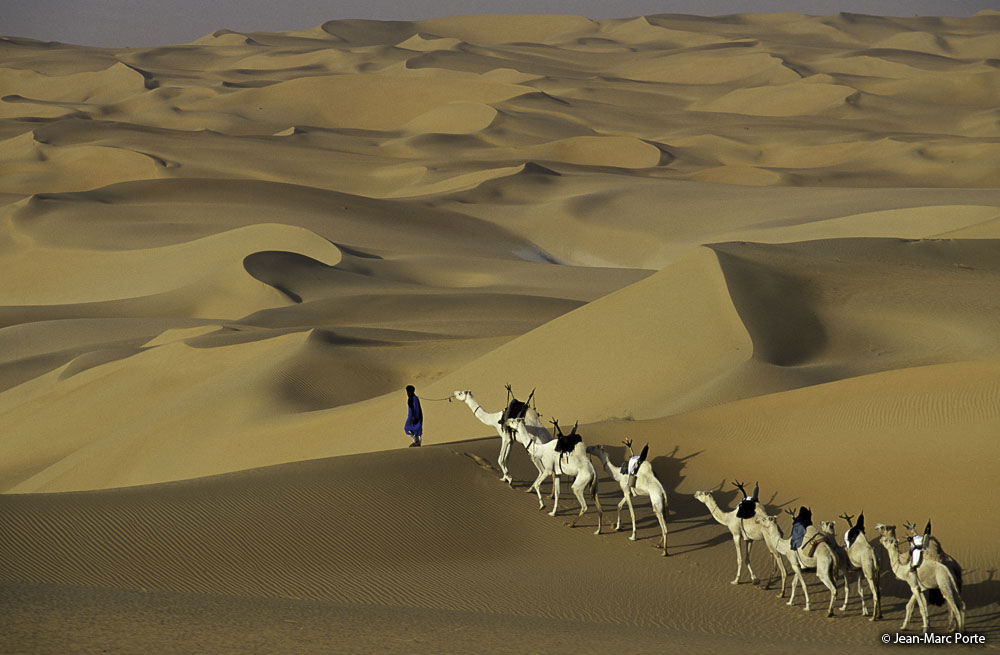Partnership for the sustainable management of the natural resources of the Termit and Tin-Toumma National Nature Reserve delegated to Noé Conservation and for an effective dissemination of the management delegation model in Africa.
The Termit and Tin-Toumma National Nature Reserve in Niger covers the vast area of 86,215 km². It is one of the largest terrestrial protected areas in the world.
The Reserve brings together three remarkable ecosystems: the Termit massif, the Tin-Toumma desert, and a Sahelosharian ecosystem in its southern part. Under the impact of strong demographic pressure and the increase in poaching and trafficking in wildlife, the Reserve has become the last refuge for large Sahelo-Saharan wildlife, which has declined sharply over the past thirty years. The Reserve is home to endangered species including 18 large mammals, 32 reptiles, 101 plants and 133 migratory and resident birds. This Sahara Noah's Ark is home to the world's last population of Addax in the wild, the most desert-adapted antelope (less than 100 individuals), the largest population of Dama gazelle in the world (70 individuals), the last population cheetahs from Niger and a remarkable and unique community of Saharan carnivores with no less than 12 species.
 The Salt Route, in the process of being classified as a UNESCO World Heritage Site and which crosses the Reserve to the Termit massif, was used for the caravan trade for many centuries, drawing the line of traditional wells on which the remarkable diversity depends. nomadic peoples living within the Reserve: Toubou, Arabs, Peulhs and Tuareg. These communities mainly practice the herding of Saharan camels and, to a lesser extent, goats and sheep, as well as date palm farming. The Reserve has an extremely low human density, with a nomadic population estimated at 2,500 people, and around 50,000 people listed in its immediate periphery.
The Salt Route, in the process of being classified as a UNESCO World Heritage Site and which crosses the Reserve to the Termit massif, was used for the caravan trade for many centuries, drawing the line of traditional wells on which the remarkable diversity depends. nomadic peoples living within the Reserve: Toubou, Arabs, Peulhs and Tuareg. These communities mainly practice the herding of Saharan camels and, to a lesser extent, goats and sheep, as well as date palm farming. The Reserve has an extremely low human density, with a nomadic population estimated at 2,500 people, and around 50,000 people listed in its immediate periphery.
The Reserve is also home to several important archaeological sites, including:
The second oldest Iron Age cultural site in Africa, Egaro, with rock carvings dating back to 3000 BC.
Africa's largest Neolithic necropolis, Gobero, with its 182 tombs, dating from 8,500 BC to the Green Sahara era.
The largest paleontological fossil site in the Sahara, Gadafawa, where the first 135-million-year-old remains of the vegetarian sauropod Jobaria tiguidensis were found, as well as those of a new species of sauropod, Nigersaurus taqueti, living there is 110 million years old.
Copyright © 2021 UICN - Mentions légales - Design and hosting by 9bisfactory.net - Powered by Twokiwi